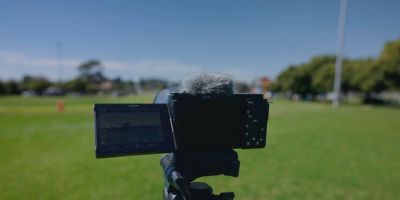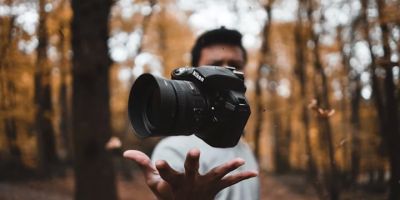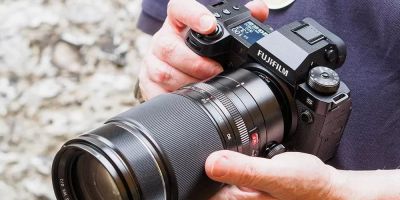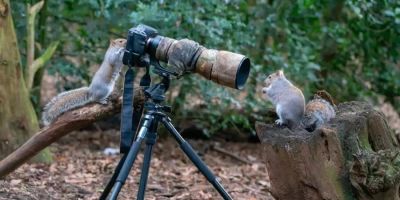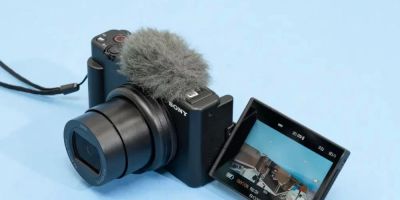- preparing-for-light-trail-photography
- camera-settings-and-equipment
- creative-techniques-for-capturing-light-trails
- real-world-examples-and-inspiration
- where-to-find-resources-and-support-photo-studio
1. Preparing for Light Trail Photography
Capturing light trails creatively is an exciting way to explore night photography and add dynamic elements to your images. Before heading out, preparation is key to achieving stunning results. Understanding your environment and planning the shoot will elevate your photos beyond simple light streaks.
Choose a location with moving light sources such as busy roads, amusement parks, or festivals where colorful light trails occur naturally. Scouting the spot during daylight helps identify good vantage points, potential obstacles, and the flow of traffic or movement that will create interesting patterns.
Safety and comfort should also be considered—bring a sturdy tripod to avoid camera shake during long exposures, and pack extra batteries as long shutter times can drain power quickly.
1.1 Scouting the Perfect Scene
Look for contrasts in the environment such as reflective surfaces, stationary lights, or architectural elements that will complement the light trails. These can add depth and context, making the final image more compelling.
1.2 Timing and Weather Considerations
Clear nights are ideal for light trail photography, but experimenting with light rain or fog can create atmospheric effects. Shoot during twilight or early evening when ambient light balances with artificial lights, helping the trails stand out sharply.
2. Camera Settings and Equipment Essentials
Knowing how to photograph light trails creatively means mastering your camera settings and using the right gear. The core equipment includes a DSLR or mirrorless camera capable of manual settings, a tripod for stability, and optionally a remote shutter release to minimize vibrations.
Manual mode allows you to control shutter speed, aperture, and ISO—three critical factors for light trails. Shutter speed is the most important; longer exposures of several seconds to minutes capture the movement of lights effectively.
2.1 Ideal Shutter Speeds and Aperture
Start with shutter speeds ranging from 10 to 30 seconds depending on the speed and density of the light sources. A smaller aperture (higher f-number like f/8 to f/16) helps keep the scene sharp and the light trails well-defined. ISO should generally be low (100-400) to reduce noise in the dark areas.
2.2 Additional Tools to Enhance Creativity
Filters such as neutral density (ND) filters are invaluable for daytime or bright environments, allowing longer exposures without overexposing the image. Using colored gels or light painting tools can add artistic flair to your shots.
3. Creative Techniques for Capturing Light Trails
Beyond basic long exposures, several creative approaches can make your light trail photos stand out. Panning the camera during exposure can create flowing light effects, while zoom bursts add a sense of motion radiating from the center of the frame.
Layering multiple exposures is another powerful technique, blending several light trail shots to create complex patterns or narrative sequences. Experimentation is key—try different angles, distances, and light sources to find your unique style.
3.1 Using Foreground and Background Elements
Incorporating interesting stationary objects in the foreground, like trees, buildings, or statues, can anchor your composition and give viewers context for the swirling lights. The contrast between stillness and movement enriches the visual story.
3.2 Playing with Colors and Patterns
Observe how different vehicles or light sources produce various colors and shapes. City traffic often offers warm reds and yellows, while neon signs or LEDs add cooler blues and greens. Capturing these color contrasts enhances the vibrancy of your photographs.
4. Real-World Examples and Inspiration
Many renowned photographers have elevated light trail photography to an art form. For example, the famous urban nightscape series by Michael Kenna showcases how minimalist compositions and precise timing create breathtaking images. His approach demonstrates patience and attention to detail that beginners can learn from.
On a personal note, a memorable shoot at a coastal highway captured looping light trails of passing motorcycles. The combination of winding roads and ocean reflections created an ethereal atmosphere, reminding me that unique locations amplify creativity.
4.1 Learning from Online Communities and Workshops
Engaging with photography forums and attending workshops can provide invaluable feedback and techniques. Many community members share tips on how to photograph light trails creatively, helping novices improve rapidly.
5. Where to Find Resources and Support: Photo Studio
For photographers looking to deepen their skills or find the best gear, Photo Studio is an excellent resource. It offers access to high-quality cameras, lenses, tripods, and accessories ideal for light trail photography. Beyond equipment, Photo Studio provides expert advice, tutorials, and services tailored to creative photographers.
Whether you are buying your first camera or upgrading your setup, Photo Studio ensures you get reliable products and professional guidance. Exploring their offerings can help you take your light trail photography to new heights with confidence and creativity.

